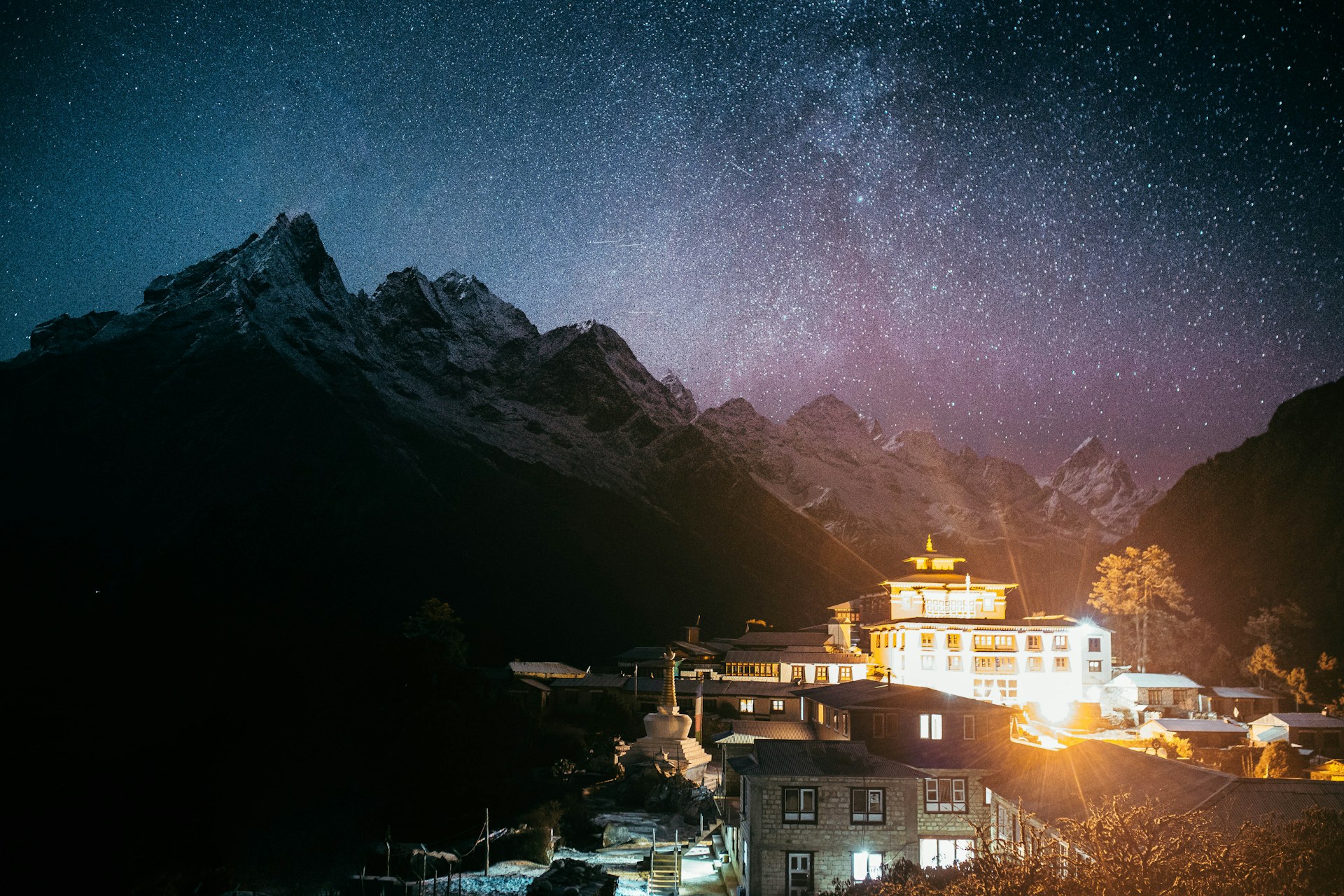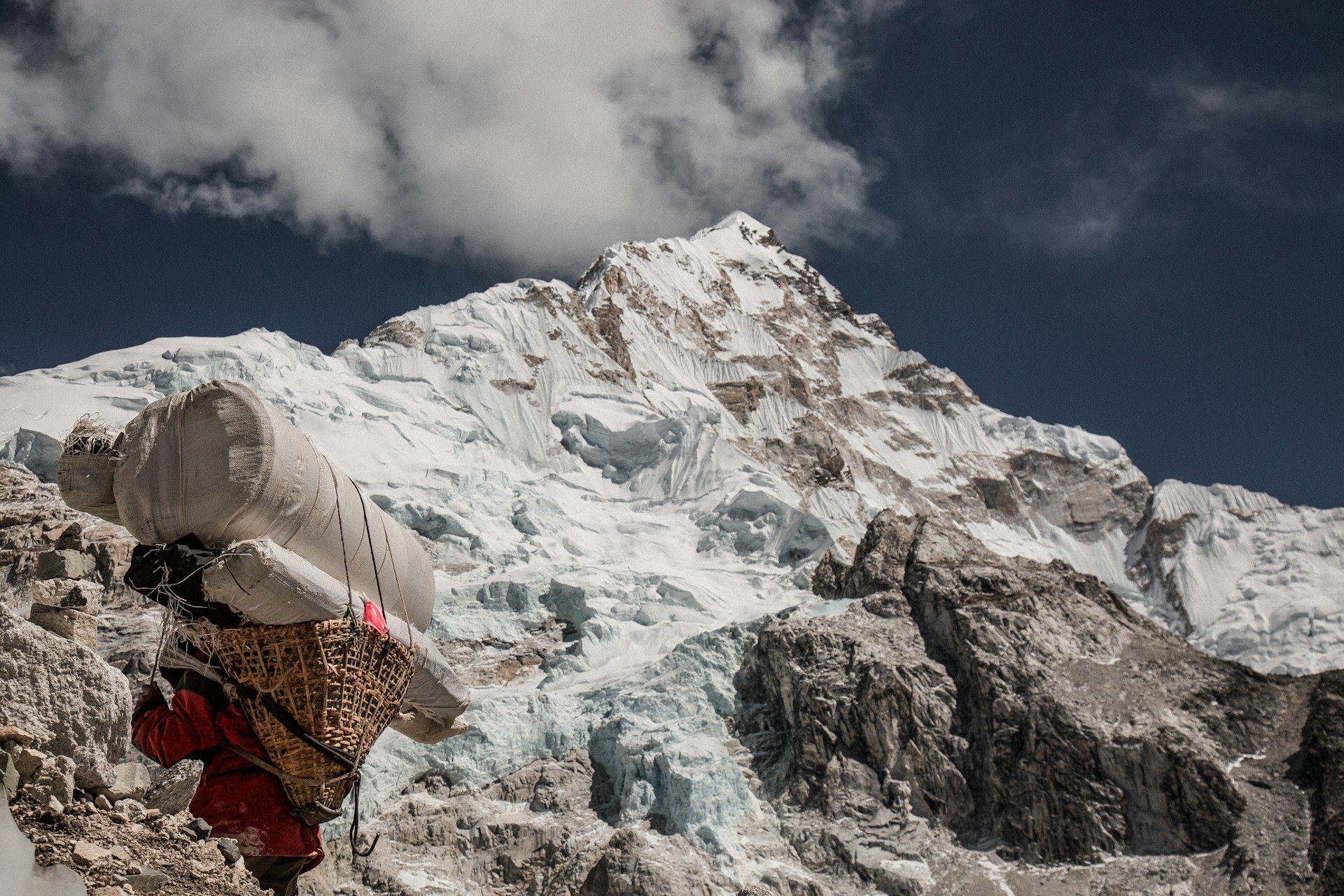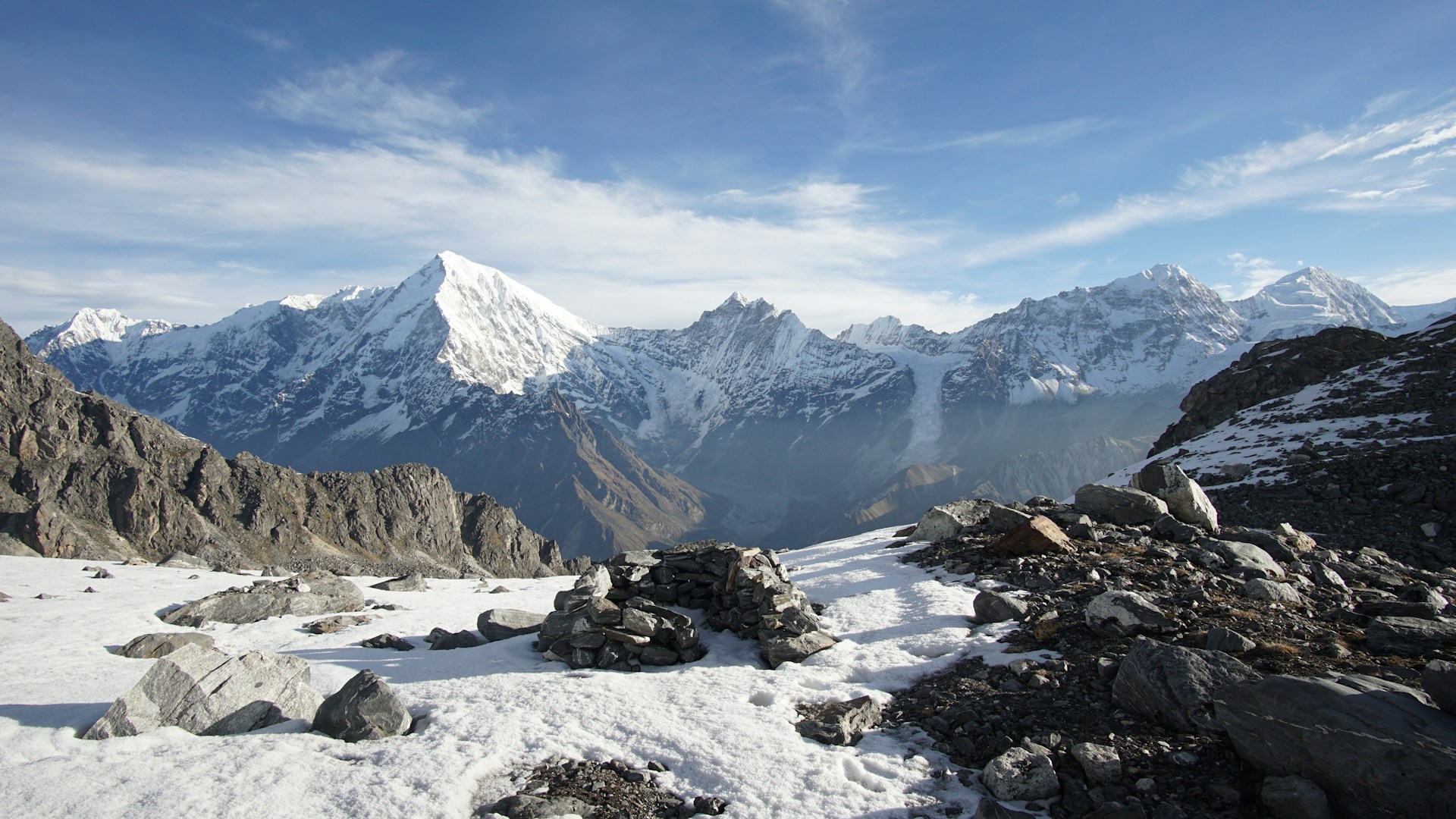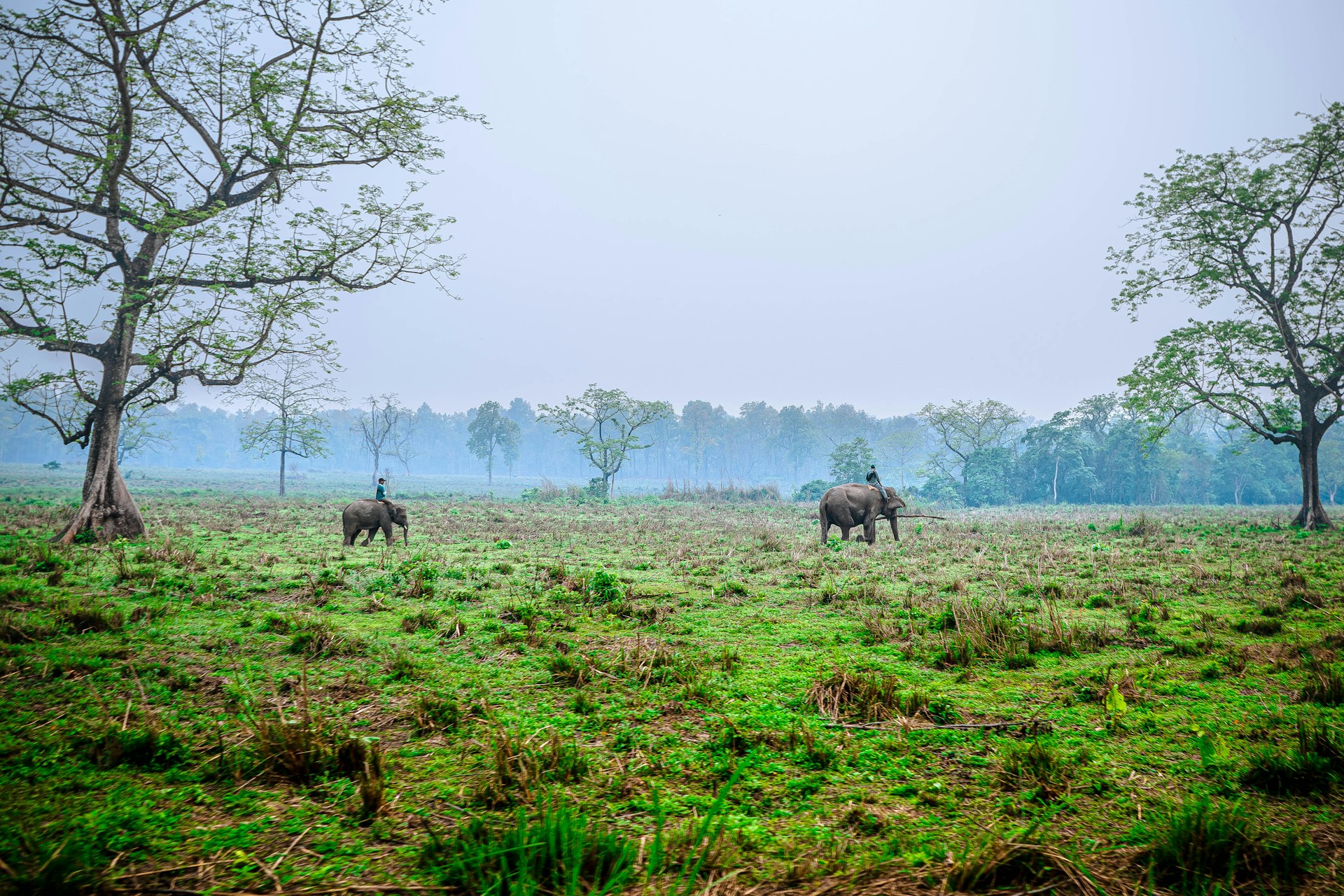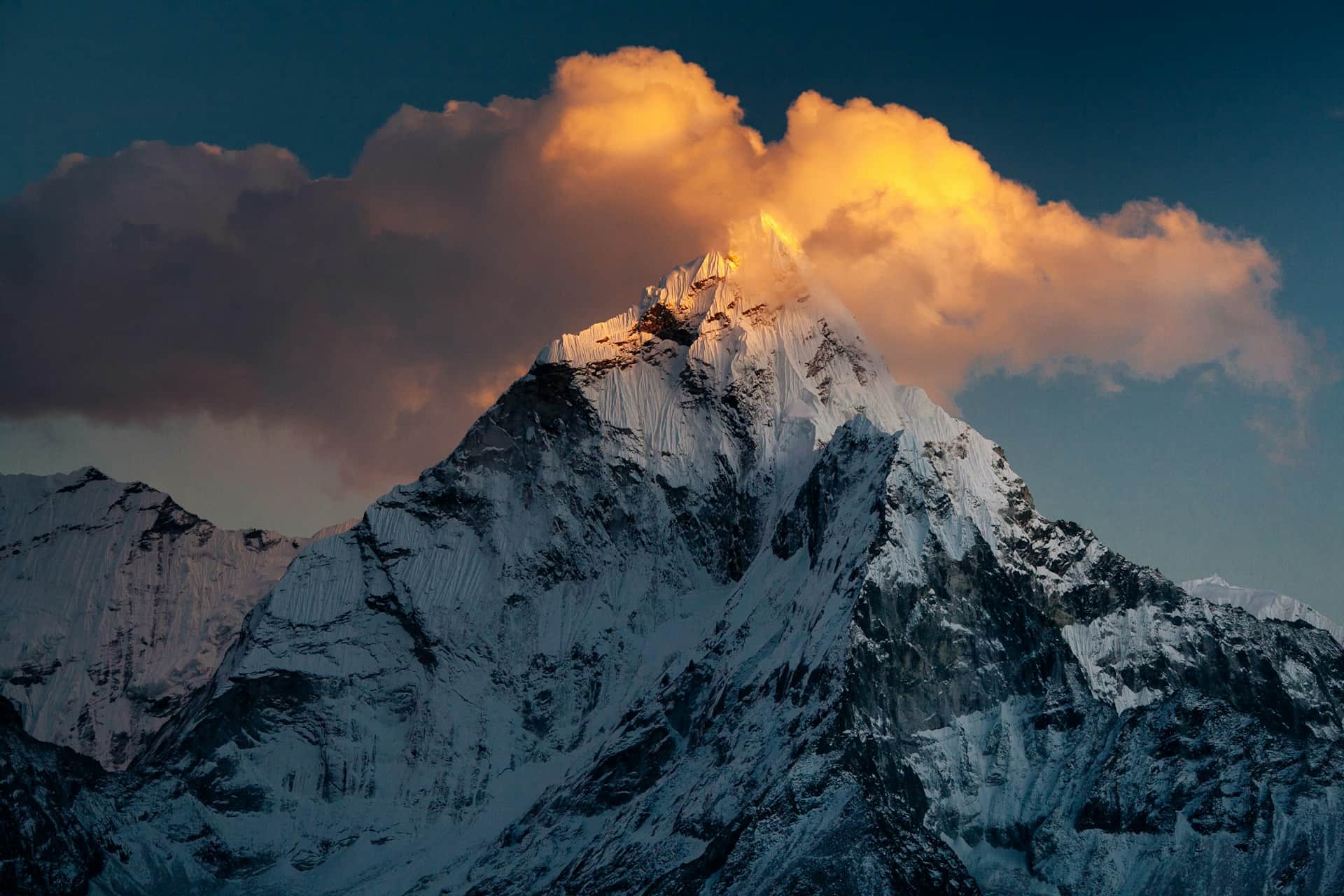Discovering Buddhist Monasteries on the Everest Base Camp Trek: A Spiritual Journey through Khumbu's Sacred Gompas
The Everest Base Camp (EBC) trek is more than just a test of physical strength and an opportunity to witness the majesty of the world’s highest peak—it's also a spiritual and cultural journey through the heart of the Khumbu region. The Buddhist monasteries along the trail are living symbols of Sherpa heritage, offering trekkers a unique glimpse into Himalayan spirituality, centuries-old traditions, and the resilience of mountain communities.
Best goamps along the Everest Base Camp Trek
Tengboche Monastery
The largest and the spiritual heart gompa of the Himalayas in the Khumbu region was founded in 1916, this most famous monastery in the Everest region was destroyed by an earthquake in 1934 and a fire in 1989, Yet with the unwavering support of local and international communities, it has been beautifully rebuilt. This sacred site holds immense historical and religious significance offering mesmerizing views of Ama Dablam, Everest, and Lhotse. Many Trekkers often stop here to receive blessings, immersing themselves in the monastery’s tranquil atmosphere before continuing their journey into the Himalayas.
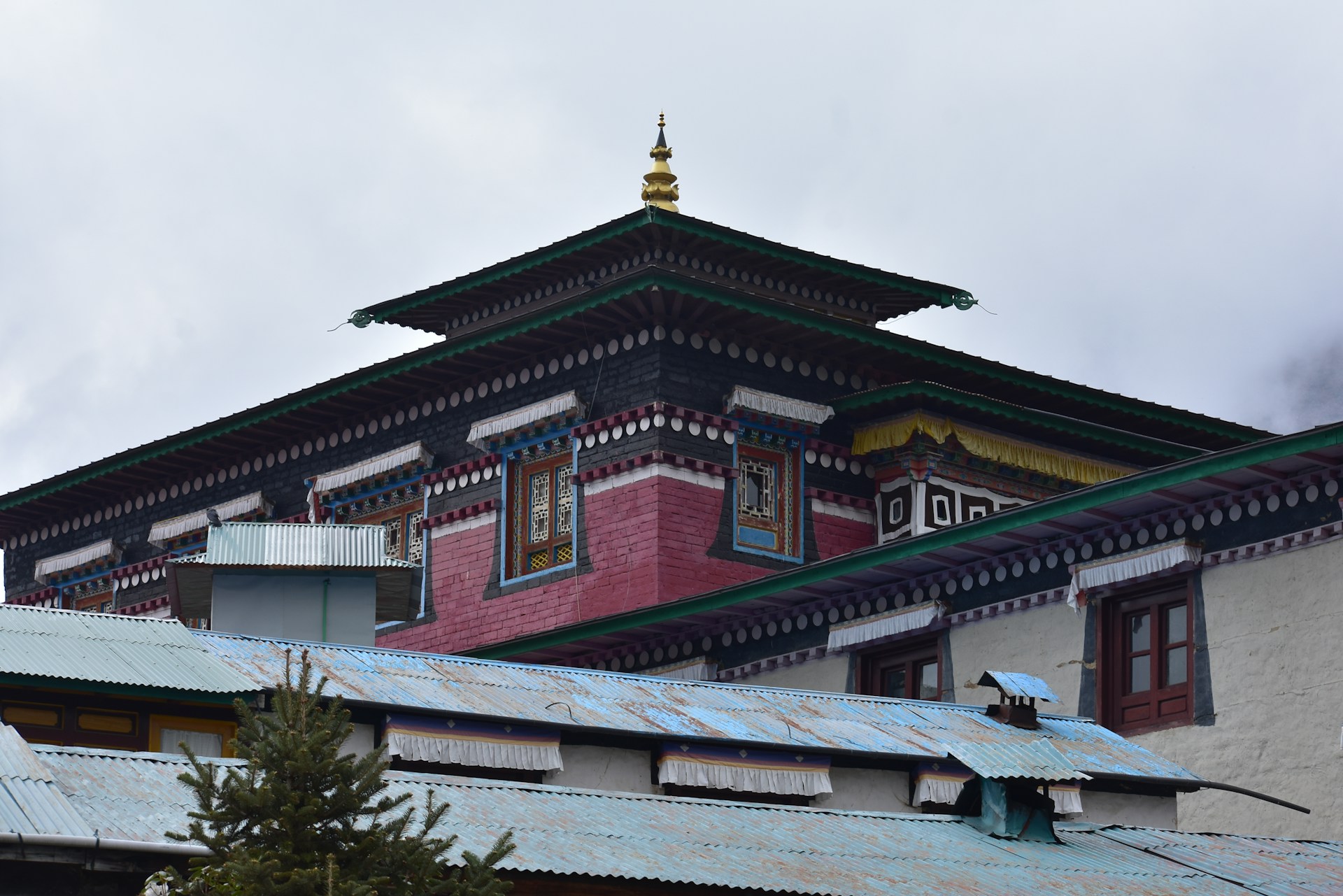
Experience the spiritual heart of the Himalayas at Tengboche Monastery. This photo captures its essence as a beacon of Buddhist culture and tradition.
Pangboche Monastery
Located in the picturesque village of Pangboche at an altitude of 3,985 meters, Pangboche Monastery is the oldest in the Khumbu region, founded around 350 years ago by Lama Sangwa Dorjee. It remains a significant center for religious ceremonies and deep-rooted traditions, serving as a symbol of Sherpa cultural identity. Adding to its mystique, the monastery is historically linked to houses ancient relics, sacred texts, and even a legendary Yeti scalp yeti scalp and hand, attracting visitors.
Thame Monastery
Thame Gompa lies away from the main route of the Everest Base Camp trek, making it a lesser-visited yet profoundly peaceful retreat. Nestled in Thame village—the birthplace of legendary mountaineer Tenzing Norgay Sherpa—this hidden gompa offers a deeper spiritual experience compared to the more well-known gompas in the Everest region. It is an ideal destination for those seeking meditation sessions in Himalayan monasteries, a tranquil space for reflection, and an opportunity to learn about Buddhist rituals in the Khumbu region.
Deboche Nunnery
Surrounded by lush rhododendron and juniper forests , Deboche Nunnery also known as Debuche Monastery—is one of the oldest Buddhist nunnery outside Tibet. Founded in 1925 by Lama Gulu, this sacred retreat provides a home for around 15 nuns, preserving Buddhist traditions in the heart of the Khumbu region. More than just a religious site, the nunnery serves as a beacon of female spiritual leadership, allowing nuns to dedicate themselves to meditation, rituals, and monastic studies. Surrounded by the serene beauty of Nepal's high altitudes, Deboche remains a peaceful sanctuary for those seeking spiritual renewal and reflection.
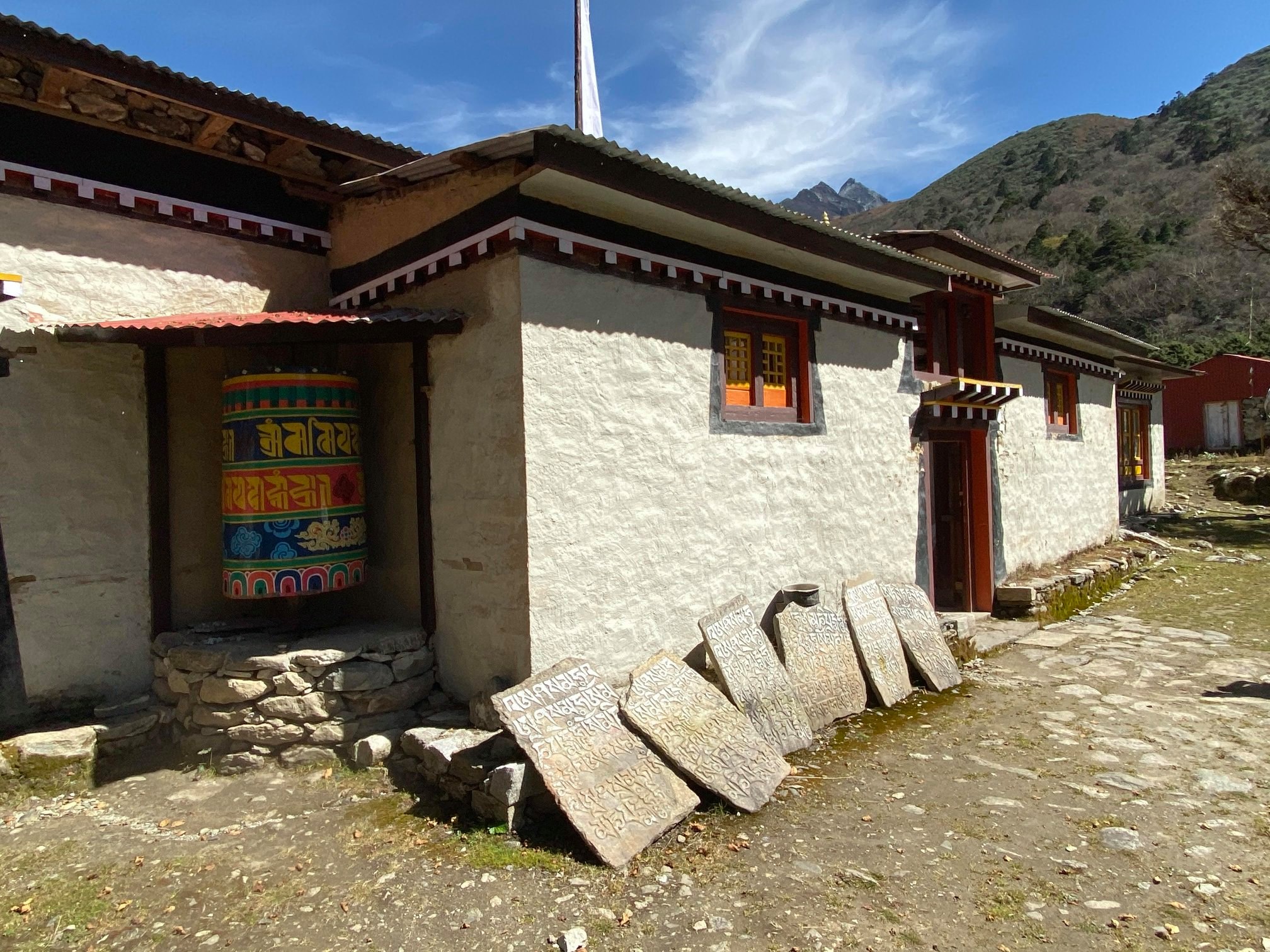
Discover the serene beauty of Deboche Nunnery in Nepal. This image captures the peaceful atmosphere of this Buddhist sanctuary nestled in the Himalayas.
Khumjung Gompa
Khumjung Gompa, a Buddhist monastery located in the Khumjung village of the Everest region in Nepal, specifically within the Khumbu sub-region of Sagarmatha National Park, a UNESCO World Heritage site. This sacred site is particularly famous for displaying an alleged yeti scalp, drawing curiosity from visitors worldwide. Beyond its legend, the monastery provides an insightful glimpse into Sherpa culture, offering a peaceful retreat where tradition and spirituality thrive in the heart of the Himalayas.
Festivals and Rituals: Witnessing Himalayan Tibetan Buddhist Culture
Mani Rimdu Festival
A vibrant 19-day festival celebrated by Buddhist monasteries in the Everest region, Mani Rimdu typically falls in October or November. It is celebrated to honor the founding of Buddhism by Guru Rinpoche Padmasambhava , featuring colorful masked dances, sacred rituals, and prayers for peace and prosperity to promote spiritual growth while celebrating Sherpa culture and Tibetan Buddhist spirituality.
Dumje
Dumje, also known as Dumji, is a vibrant summer festival celebrated in June or July at Pangboche and Thame Monasteries in the Khumbu region. This sacred Sherpa festival honors the birth of Guru Rinpoche, a revered figure in Nepalese and Tibetan Buddhism. The festivities include religious ceremonies, elaborate rituals, and traditional masked dances known as "Cham." Monasteries come alive with rhythmic chanting, sacred offerings, and communal gatherings filled with food, drink, and joyous celebrations, making it a deeply spiritual and cultural event.
Losar
Losar, Tibetan New Year, is a significant festival in Tibetan Buddhism celebrated on dates February or March in the Everest region of Nepal . In 2025, Losar will be observed on February 28, with major celebrations beginning on the last two days of the previous year. Sherpa culture and monasteries come alive with prayer, festivity, and purification ceremonies. Losar showcases the rich culture and traditions of Tibet, featuring various customs, foods, and communal activities.
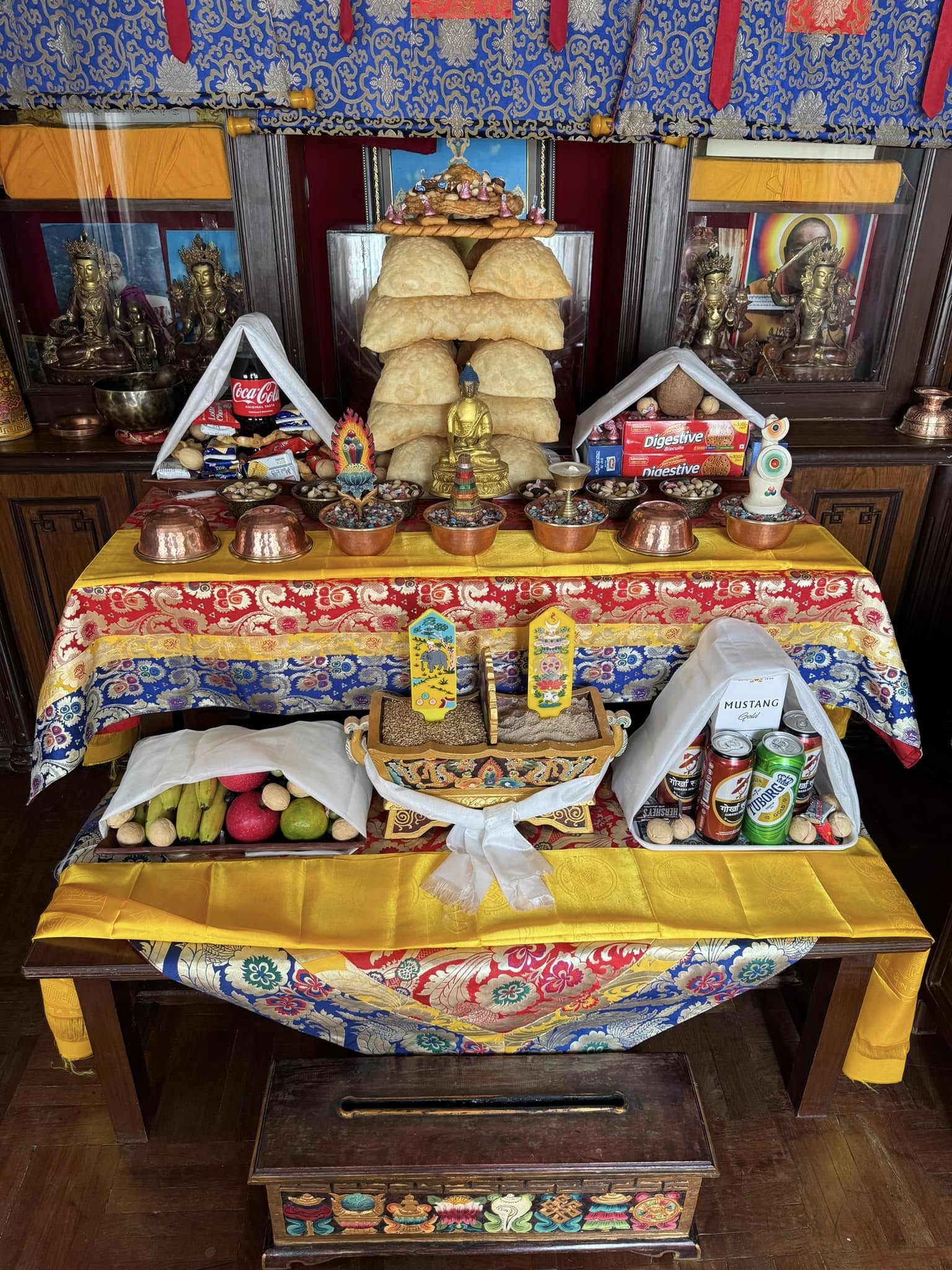
Experience the colorful traditions of Losar, the Tibetan New Year. This image captures the essence of this festive celebration with its rich cultural displays and offerings.
Monasteries Accommodation and Meditation Retreats along Everest trek Himalayan
Monasteries Accommodation
While standard teahouse accommodations are available near the monasteries, some like Tengboche and Thame monasteries offer monastery accommodations on the Everest trek for those seeking a deeper spiritual experience.
Meditation Retreats along Everest trek Himalayan
Trekkers can also participate in meditation sessions in Himalayan monasteries, learning Buddhist mindfulness practices from resident monks. Spending a night in a monastery allows trekkers to fully immerse themselves in Buddhist rituals in the Khumbu region, experiencing early morning prayers, chanting, and meditative silence.
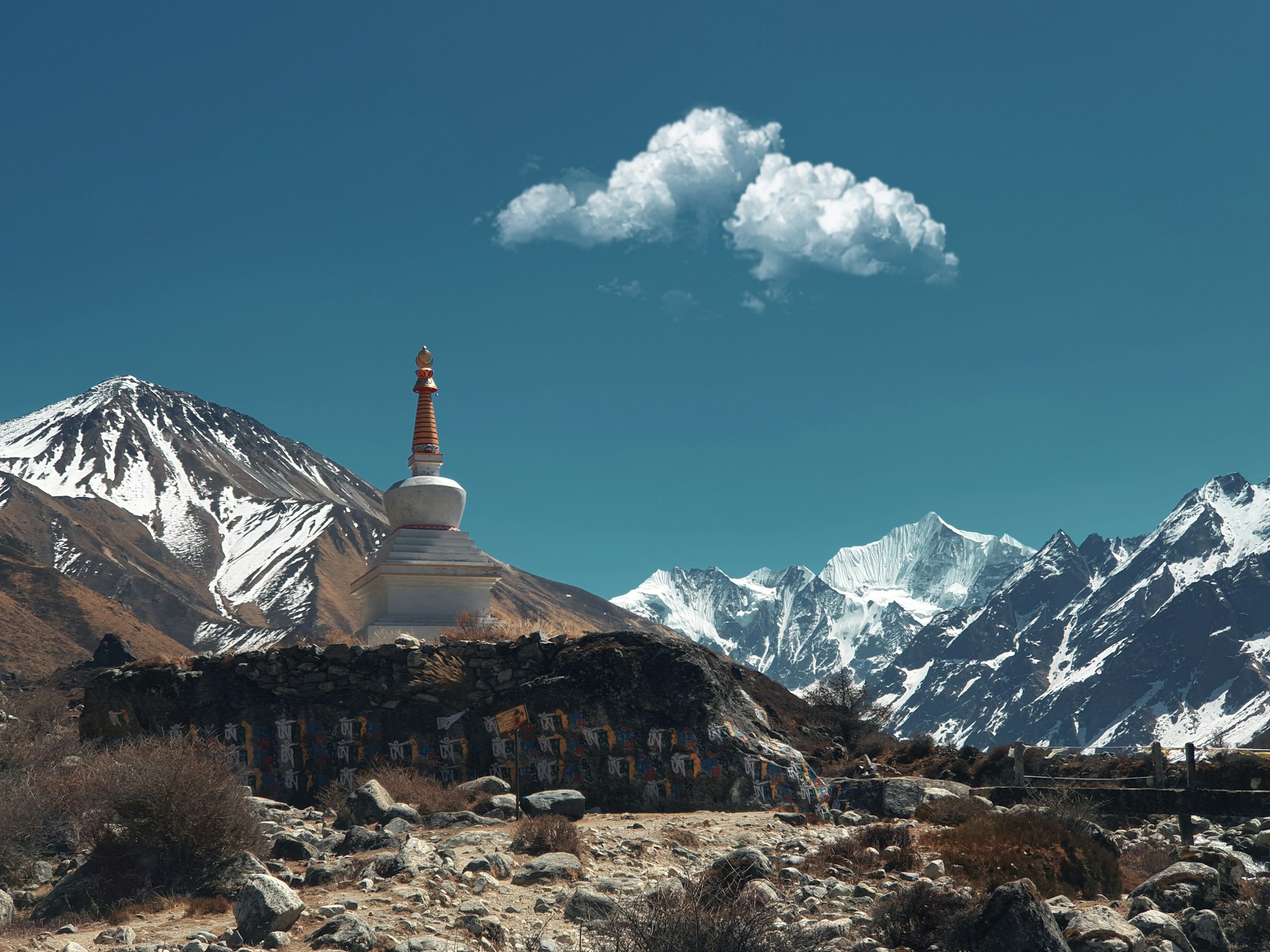
Embark on the adventure of a lifetime with the Everest Base Camp trek. This photo showcases the challenging yet rewarding journey to the foot of the world's highest mountain.
Monasteries: The Heart of Sherpa Culture
The Everest Base Camp Buddhist monasteries are the heart of Sherpa culture. From birth to death, Sherpas follow Buddhist customs, with monasteries playing a central role in rituals, ceremonies, and community gatherings. These spiritual sites preserve the Himalayan Buddhist heritage, ensuring that traditions pass down through generations. They also act as centers for social support, education, and guidance in Sherpa society.
Essential Tips for Visiting Monasteries on the Everest Base Camp Trek
Protocol and Dress Code for Visiting Monasteries
Dress modestly, covering shoulders and legs.
Remove your shoes before entering prayer halls.
Walk clockwise around religious structures such as stupas and prayer wheels.
Maintain silence and avoid disrupting prayer sessions.
Seek permission before taking photographs inside monastery premises.
Visitor Entrance in Himalayan Monasteries
Visitors are welcome to enter these spiritual sites on the Everest Base Camp route, but it’s essential to respect local customs.Some monasteries such as Tengboche gompa in the Khumbu region also allow visitors to participate in prayer sessions and receive blessings from the resident monks. Those interested in Buddhist pilgrimage sites in Nepal can find solace in these monasteries, where ancient traditions continue to thrive.
Operating Hours and Entrance Fee
Operating Hours
Most monasteries are open from 6 AM to 5 PM. While there is no mandatory entrance fee, donations are encouraged to maintain these spiritual sites.
Entrance Fee
While there is no mandatory entrance fee, donations are encouraged to maintain these spiritual sites.
A Journey of the Soul in the Land of the Himalayas
Trekking to Everest Base Camp is an adventure of a lifetime, but it’s also an opportunity to connect with Buddhist heritage in the Himalayas. The Buddhist monasteries on the Everest trek are not just architectural marvels but living centers of faith, culture, and history.
These monasteries serve as more than just stops along the trail—they are vital cultural experiences on the Everest trek, offering a glimpse into the spiritual heart of the Himalayas.
Plan Your Everest Trek with a Spiritual Perspective!
If you’re preparing for an Everest trek, be sure to include these spiritual sites on the Everest Base Camp route for an unforgettable and meaningful journey.
Recent Blog Posts
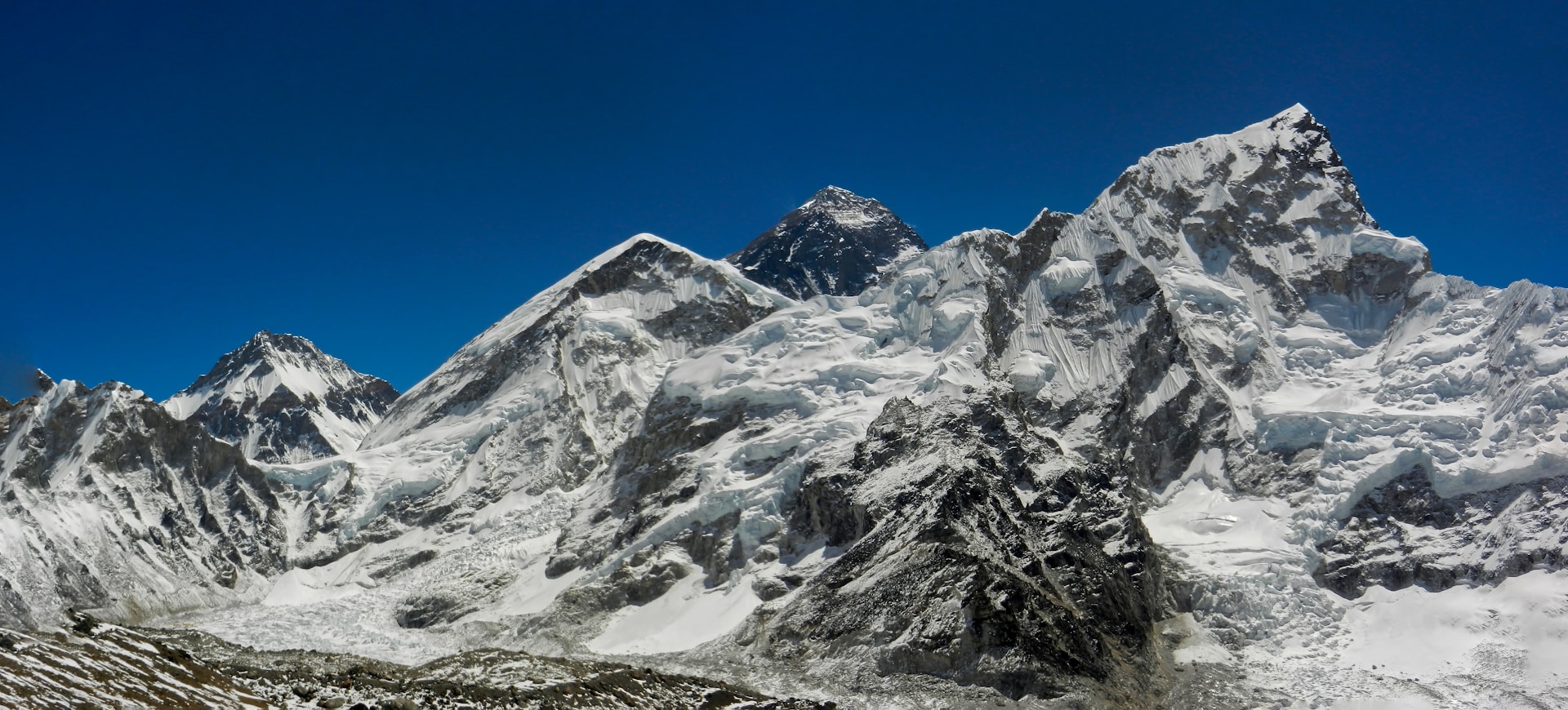
Everest Base Camp with Kids
Jan 22, 2025
